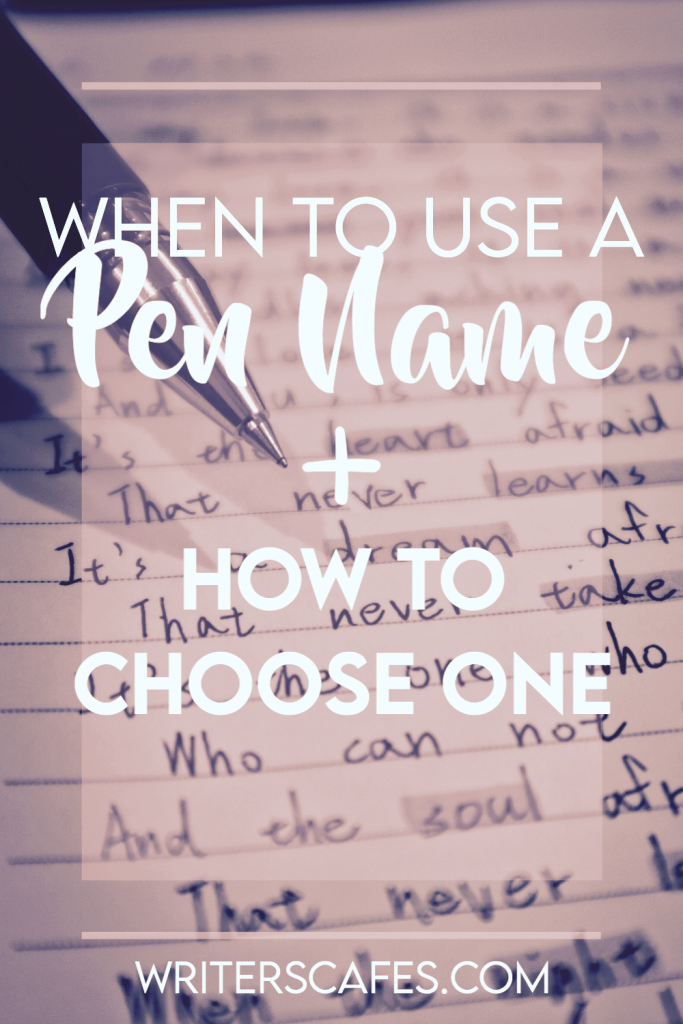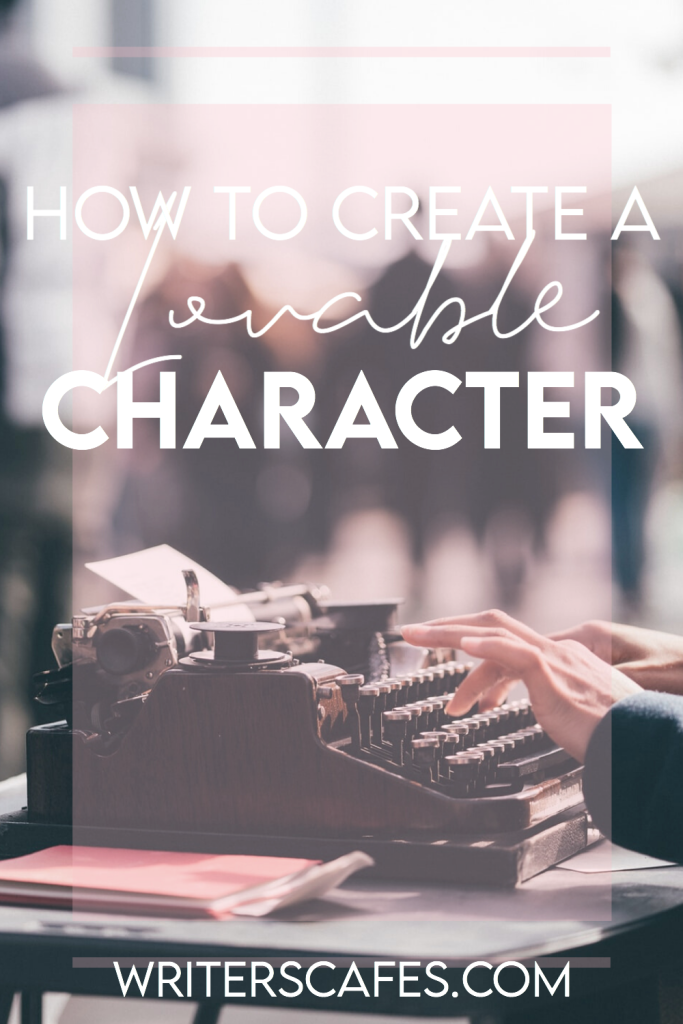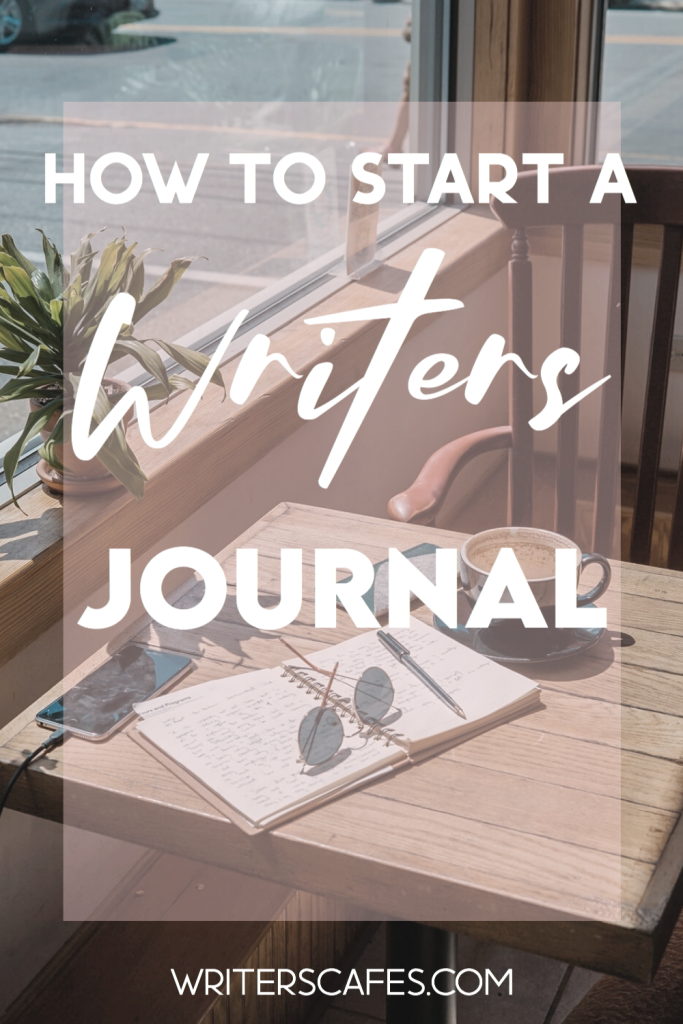After choosing the type of character you’re writing, you should start working on their background. A Character’s background defines who the character is or why they act the way they do.

A characters’ backstory must show why the character acts the way they do, why they have specific beliefs and how they deal with people. Most writers (I’m one of them) love to give their protagonists tragic backstories. While a tragic backstory is fun to experiment with and make your characters more understandable, it’s not necessary. Your character could have the happiest childhood ever but stumble upon something that changes their fate.
So the question is: How do you write a good backstory?
Step 1: Identify your character and their personality
There are two ways to go around this, either have your character personality and physical traits ready and craft their backstory based on it. Or come up with a backstory first, then build up their personality. I prefer doing it the first way, but every writer is different, what works for me might not necessarily work for you.
If you go with the first way, right down a list of your characters’ personality and physical traits then decided what situations could cause this. For example, one of my characters always has eye-bags which I then came up with the fact that he can’t sleep well due to past trauma.
Step 2: Choose a life-changing moment
Decide what moment in your character’s past changed them and made them the way they are today. Ask questions like:
- What changed in your character’s past that changed the way they are?
- How were they before said event?
- What exactly happened in the event to change them or the way they think?
- Did this point of change spark motivation, anger or resentment in your character?
- If it weren’t for this event, would they have changed nonetheless or stayed the same?
- Did this event change them for the better or worse?
Step 3: Avoid Info-dumping
Info-dumping is when you write a full paragraph talking about something instead of gradually showing it throughout the story. For the most part, you should avoid this as much as possible. Try showing small parts of your backstory or your character’s background through dialogue, flashbacks and actions. For example, if your character was abused in the past. Don’t just state it, show it through their actions. They could have an anxiety attack while witnessing something that reminds them of that abuse.
Thank you for reading, I hope this post was helpful, be sure to check out my social media links below!












